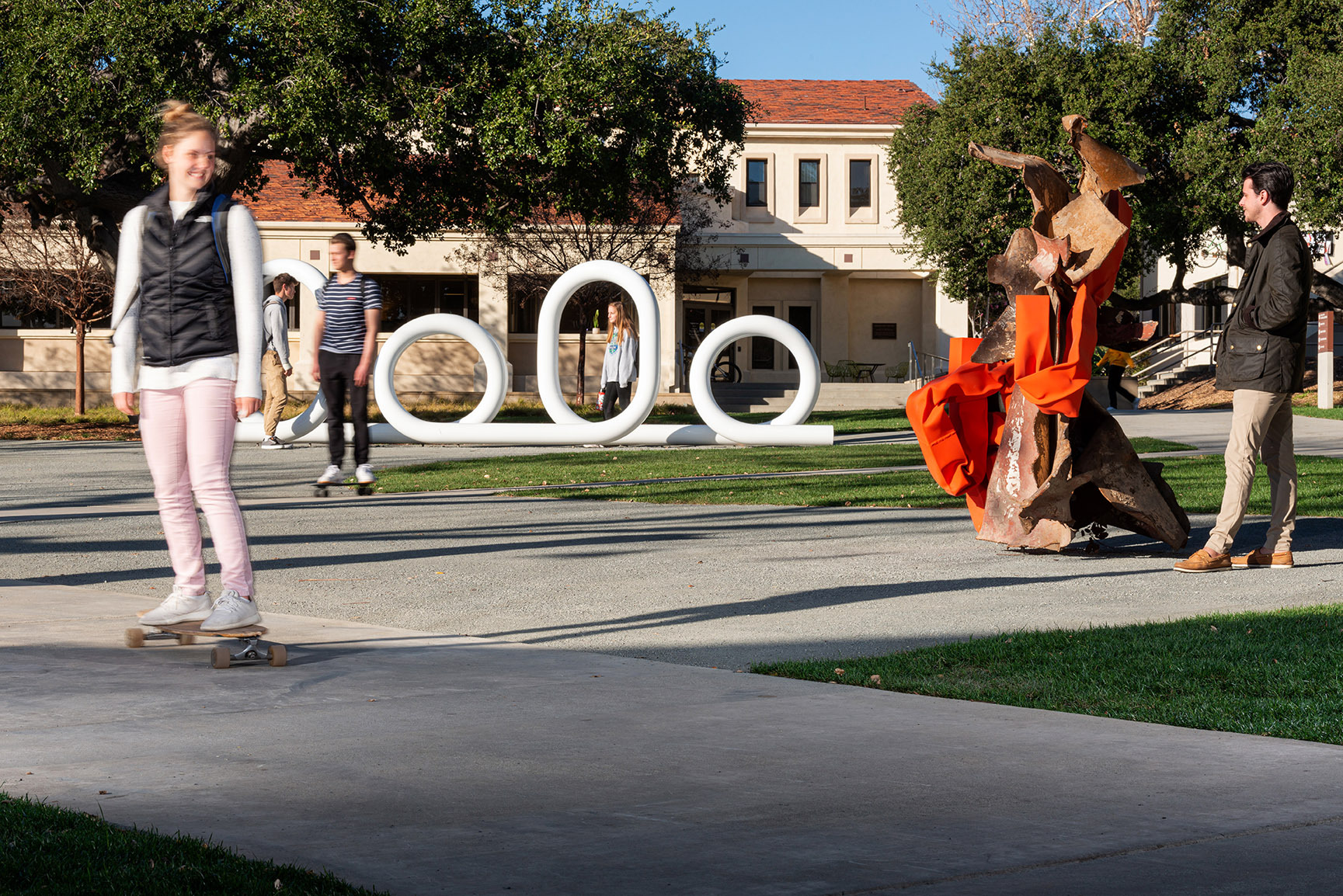President Hiram Chodosh
Hiram E. Chodosh is president of Claremont McKenna College, a top liberal arts college in the country.
Widely recognized for his innovations and scholarship in higher education, comparative law, and international justice reform, President Chodosh has led CMC’s efforts to broaden and deepen its singular mission to prepare students for thoughtful and productive lives and responsible leadership in business, government, and the professions.
Most recently in June 2023, the College concluded a record-breaking, nearly $1.1B Campaign for CMC: Responsible Leadership, surpassing the previous high mark of $707M for liberal arts colleges. With support from the campaign, CMC advanced its mission through The Open Academy and comprehensive support for its academic programs. The College further expanded opportunities for its students through The Student Imperative, Kravis Opportunity Fund, and the Soll Center for Student Opportunity. CMC also launched a $400M project to build scientific and quantitative fluency for all students in the form of a revolutionary undergraduate program—the Kravis Department of Integrated Sciences inside the new Robert Day Sciences Center, set to open in 2025. Anchored by the new center, the College has funded plans to develop the new Roberts Campus, doubling the campus footprint.
“Following the conclusion of our record-breaking Campaign for CMC: Responsible Leadership, I’m eager to support the advancement of key projects and initiatives, including the construction of the Robert Day Sciences Center and expansion of the Kravis Department of Integrated Sciences. … our opportunity programs. … and The Open Academy, which is so vitally important, especially in our current moment."
- President Hiram Chodosh, Jan. 2024 community message.
Responsible Leadership
Core to its founding mission as a College, The CMC Strategy has developed a powerfully integrated approach to student intellectual, social, and leadership development. During his tenure, President Chodosh has successfully guided programs and initiatives aimed at breaking down financial barriers to learning and expanding opportunities for post-graduate success; integrating the sciences into CMC’s signature strengths in its rigorous liberal arts program; building commitment to free expression, viewpoint diversity, and constructive dialogue; supporting competitive and academic success for each student scholar-athlete; and improving and expanding the campus with inspiring public art.
.
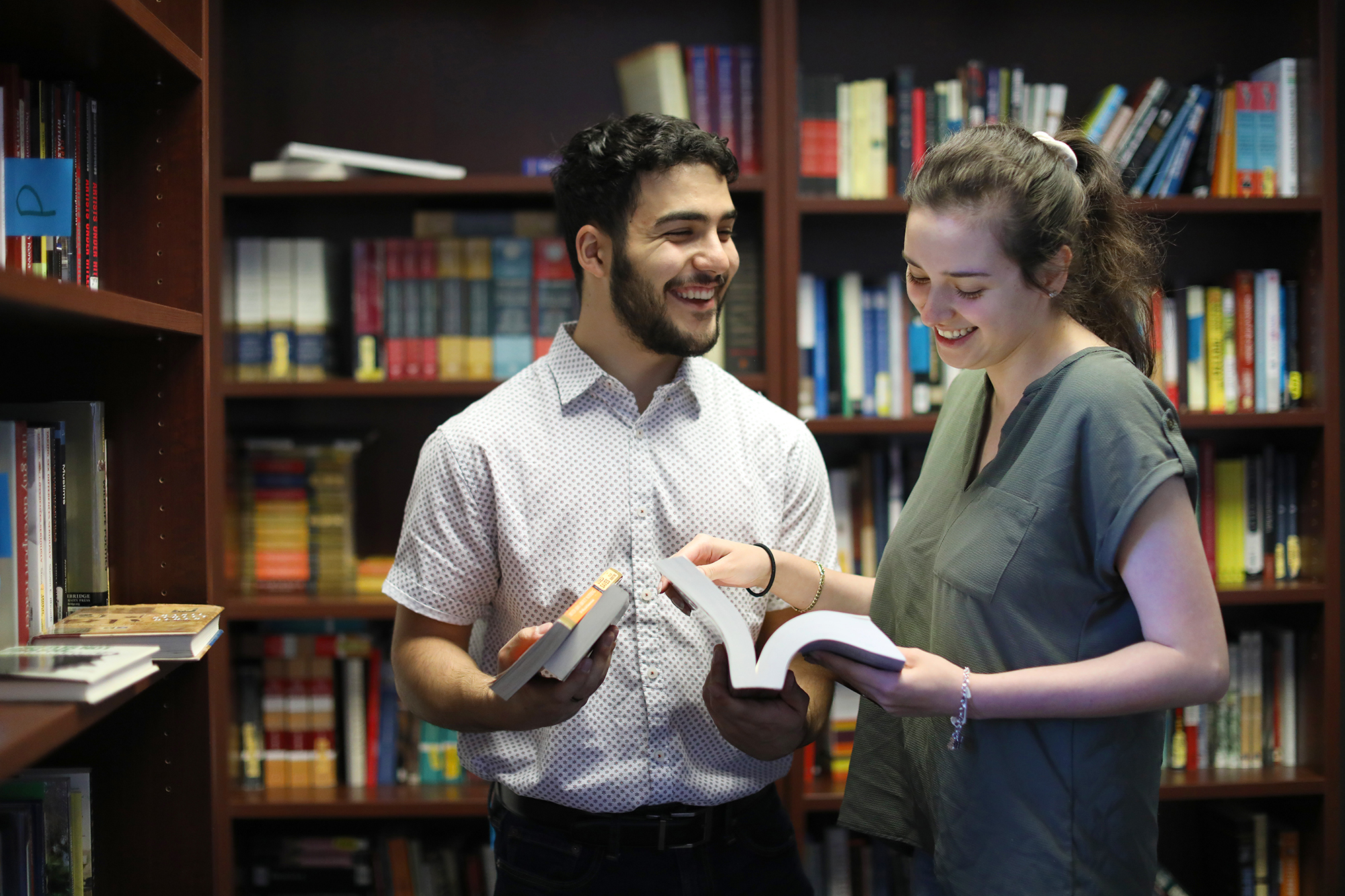
The Opportunity Strategy
Beginning with The Student Imperative in 2014, CMC has raised $300 million to support financial aid, provide focused research and internship experiences, and cultivate thoughtful and responsible leadership through residential and student life experiences. The Imperative has further laid the foundation for an expanded CMC Opportunity Strategy, which includes the creation of the Scholar Community program, the CARE Center, and the Kravis Opportunity Fund. Together, these commitments pair significant resources with smart programming to achieve the deepest impact.
Integrated Sciences
The College’s conceptual plan for a new integrated sciences program is a seminal investment and commitment that infuses science and computation deep into the fabric of the CMC mission and campus. Rooted in The CMC Strategy, the College raised over $400M to create a next-generation, fully integrated undergraduate sciences program: the Kravis Department of Integrated Sciences (KDIS).
The program is designed without discipline-defined departments; the curriculum is structured around three grand challenges related to Health (Genomics, Systems Biology, and Health), Brain (Brain, Learning, and Decision Sciences), and Planet (Climate, Energy, and the Environment). Students will develop strong foundations in the biological, chemical, and physical sciences, while also using observational and experimental methods coupled with computational and quantitative approaches. This also requires a deep engagement with issues of ethics, policy, economics, and culture, as well as skills in communicating to broad audiences both scientific outcomes and implications.
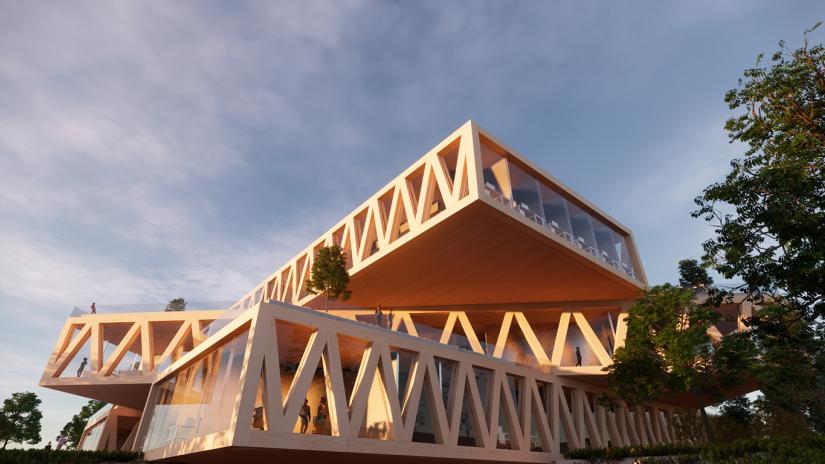
The Kravis Department will be housed in the new Robert Day Sciences Center (RDSC), set to open in 2025. Designed by world-renowned architectural firm, BIG-Bjarke Ingels Group, RDSC will feature spaces that facilitate collaborative activity throughout, including high-trafficked areas for study, group projects, multidisciplinary learning, presentations, and virtual convenings, as well as classrooms and offices for CMC institutes, centers, and labs. The building represents an important milestone in developing interdisciplinary leaders and providing a setting for dynamic interaction between students, faculty, staff, and experts across all disciplines.
RDSC also serves as the anchor for a bold campus expansion—The Roberts Campus—that will empower CMC to realize future academic, social, and residential opportunities, most notably by adding a 75-acre parcel that runs across RDSC and Claremont Boulevard from the current east campus. Phase one of the project includes an extension of the current North Mall, new academic and administration spaces, and the 75-acre parcel as a future site for the multi-purpose Sports Bowl for CMS Athletics. Future phases will focus on a diagonal mall connecting RDSC to Roberts Pavilion, an added commencement green, expansion of student apartments, and continued development of the Sports Bowl.
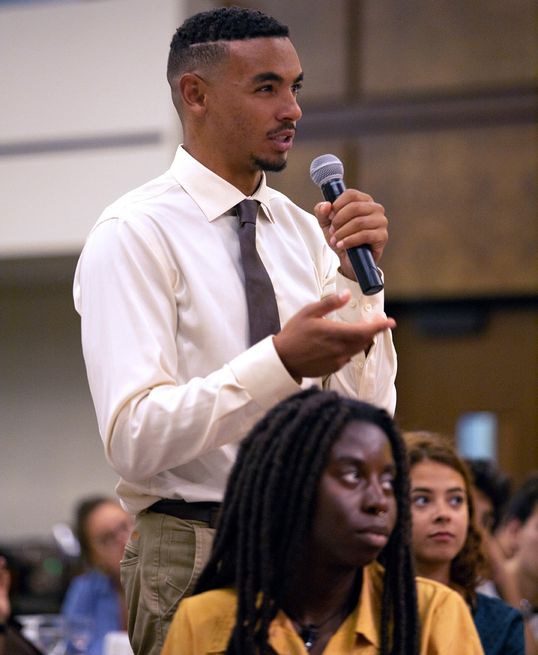
The Open Academy
In response to national and higher education challenges, The Open Academy provides a renewed set of educational and institutional commitments to freedom of expression, viewpoint diversity, and constructive dialogue. The CMC initiative reinforces intellectual and social development to combat growing ideological threats to our national discourse, “a vitally important value statement for higher education: one that values open, incisive questions over conclusory reactions; independent, critical thinking over homogenous group think; respectful debate and active listening over ad hominem attacks; and the resolution of conflict over its mere amplification.”
The Presidential Initiative
In June 2020, President Chodosh announced The Presidential Initiative on Anti-Racism and the Black Experience in America, a long-term, structural, integrated educational response to racism, inequality, and inequity. Together with engaged students, faculty, staff, and alumni, The Initiative’s leadership is focused on several priorities in order to establish a foundation of achievement and a pathway for future actions in pursuit of clear outcomes. This community effort includes significant progress on student programming and training, faculty research, curricular development, strategic hiring and recruitment, and a culture of recognition and acknowledgment.
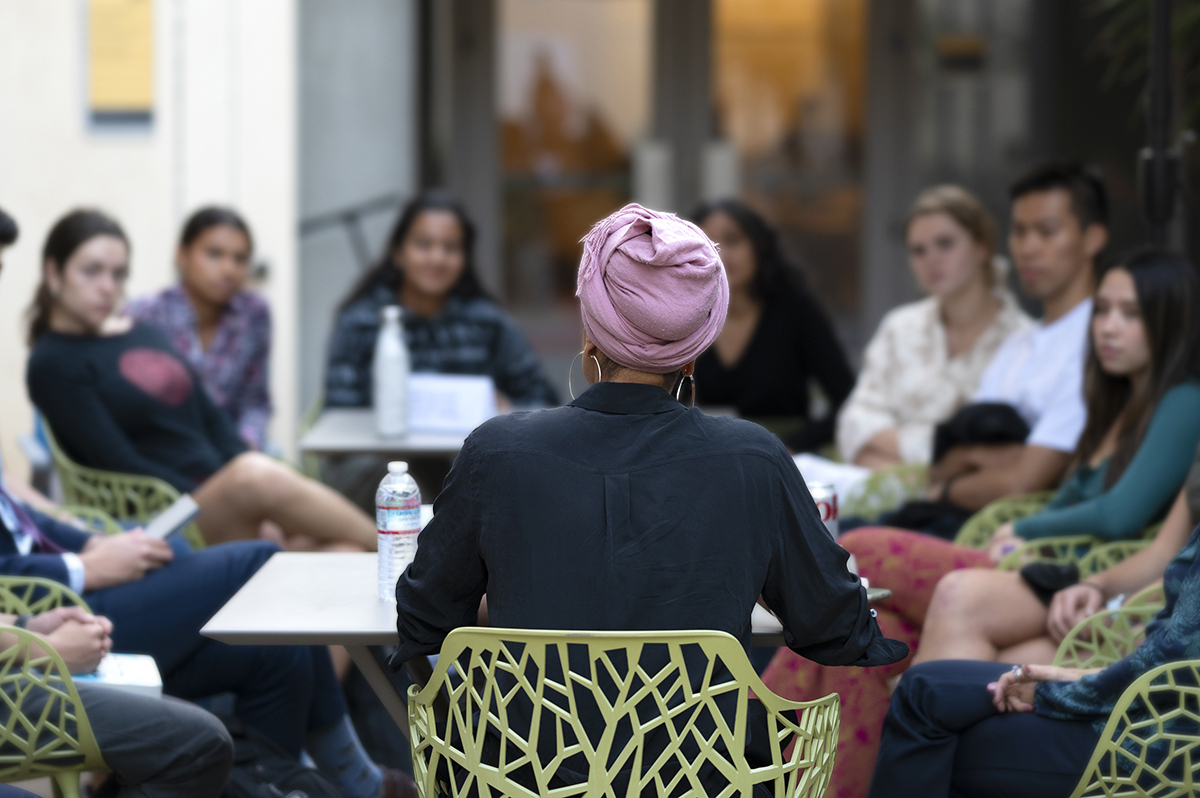
Roberts Pavilion
One of the best athletic and workout facilities in NCAA Division III, Roberts Pavilion marks the culmination of more than two decades of planning to create a “beating heart” campus recreation space at CMC. The state-of-the-art athletics and events center, opened in 2016, serves as home to Claremont-Mudd-Scripps (CMS) Athletics, a nationally-ranked program where Stag and Athena scholar-leaders compete at the highest level. Most notably, the CMS program earned multiple team national championships (volleyball, women’s tennis, women’s golf) and several individual titles during the 2017-18 “Year of the Athena,” leading to an overall national ranking of 3rd in the Division III Learfield Cup.
Public Art
Through the Public Art Initiative, CMC’s campus collection has been significantly enriched with several major installations from world-renowned artists. Signature pieces include Mary Weatherford’s From the Mountain to the Sea, a painted and neon tube abstract mural located inside the Eggert Dining Room at the Marian Miner Cook Athenaeum; Chris Burden’s Meet in the Middle, a circular arrangement of streetlights and benches located in front of Roberts Pavilion; Ellsworth Kelly’s Totem, a 40-foot white painted, stainless steel sculpture at the site of the original Story House; Carol Bove’s four pieces near Collins Dining Hall, including Four Loops, a white tubular glyph with loops that appear to float in space; Jeppe Hein’s Modified Social Benches, a group of whimsical bench sculptures outside Adams Hall; and the latest installation, Pae White’s Qwalala, a curving, colorful wall of over 1,500 solid glass bricks in Mid-Quad.
